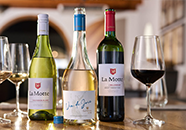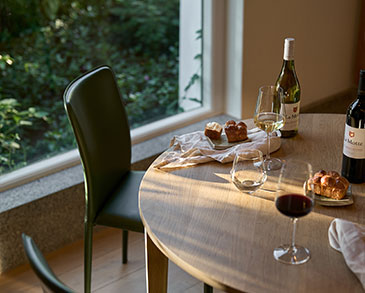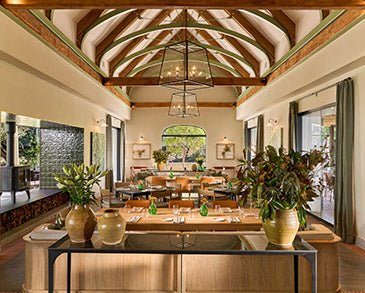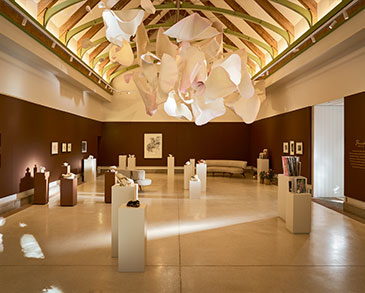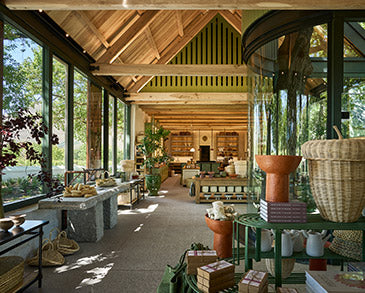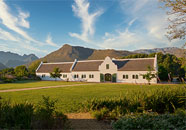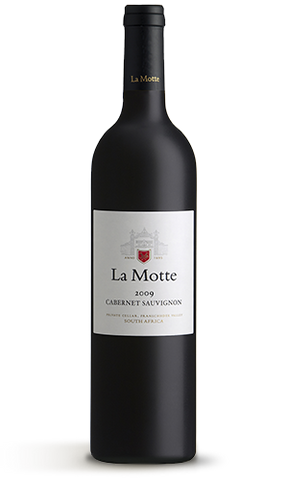
Grapes for this wine originate from Bot River in the Walker Bay region (30%), Agter-Paarl (30%), Wellington (25%) and Swartland (15%).
Veterans in the wine industry described 2010 as one of the most difficult in their career. Winter conditions were not ideal for good budding. Cold and rain hampered budding further and, together with wind, bunch denseness was severely impeded. Wind caused physical damage, late rains caused fungus diseases, late dry conditions reduced the already light yield even further and a heat wave in March had a slightly negative effect on flavours.
All vineyards are trellised and managed to maintain a perfect balance between leaf coverage and yield. Different clones and different regions enhance complexity. The vineyards in the Walker Bay region are managed organically.
Grapes were picked in crates and cooled overnight. After cooling, the grapes were sorted by hand before and after de-stalking. Thereafter they were inoculated with selected yeasts. Fermentation was at between 23 en 28 ºC. The wine was pumped over three times a day. After fermentation, extended skin contact of between 20 and 30 days was allowed. For 14 months the wine was matured in 225-litre French oak barrels – 50% new, 25% second-fill and 25% third-fill. After maturation, the Cabernet Sauvignon was blended with 5% Petit Verdot, to enhance complexity and balance. In November 2011 the wine was bottled. 10 000 cartons (6 x 750 ml ) were released as 2010 La Motte Cabernet Sauvignon.
The wine reflects varietal aromas on the nose, with wild berries, tomato leaf, cedar, cinnamon spice, dark chocolate and prominent truffle. The full-bodied palate has a firm structure, but a fine tannin texture and there is a pleasantly dry after-taste. Enjoyed best from 2013 until 2023.
Alcohol 14,1% vol,
Total acid 6,3 g/l,
Residual sugar 1,7 g/l,
pH 3,67

